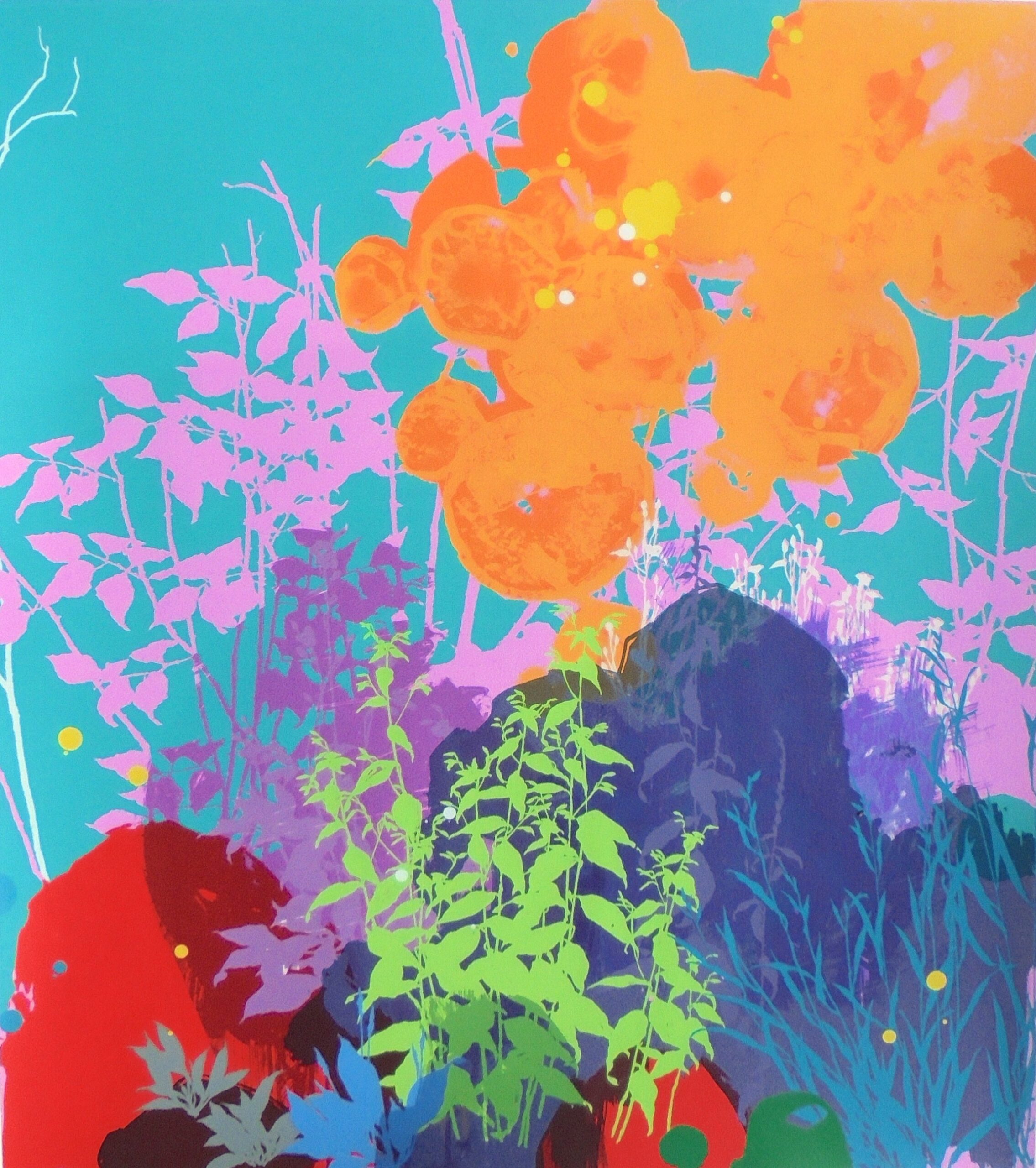WELCOME
Artists’ Original Prints – created by traditional hands-on screenprint methods.
Signed Original Serigraphs directly from artist/publisher
AN INTRODUCTION TO ARTIZAN EDITIONS
All the print images shown on this web site remain the copyright of the individual artists and may not be reproduced.
The colour reproduction of a print image on this website is limited by the capabilities of the data format and the web browser. It should not therefore be viewed as an accurate colour representation of the screenprint.
Newsletter
If you would like to keep up to date with the latest publications, exhibitions and other news from us:
sign up to our newsletterPaper Merchant
We also recommend John Purcell Paper to artists for their fine art papers and Caroline Harrison Conservation, should you require any works on paper to go for restoration.






